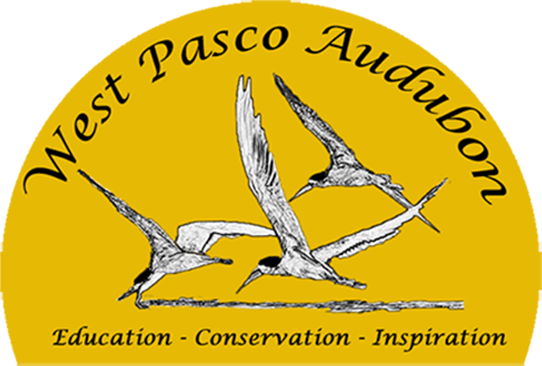Conservation in Pasco County
December 2007
The pace of development in Pasco County, like most of central Florida, has rapidly increased over the last decade moving steadily inland from the western coastal regions. In 2004 the Pasco County Environmental Lands Acquisition and Management Program (ELAMP) was established on the recommendation of a task force set up to see what neighboring Florida counties were doing to promote conservation and to identify the priorities and opportunities for conserving habitats vital for supporting and sustaining wild life populations in Pasco County. ELAMP was set up "…to acquire lands and conservation easements in order to: protect natural communities including uplands and wetlands, connect natural linkages, conserve viable populations of native plants and animals, protect habitat for listed species, protect water resources and wetland systems, protect unique natural resources, enhance resource-based recreational opportunities, and expand environmental education opportunities with Pasco County." ELAMP has an Environmental Lands Acquisition and Selection Committee (ELASC) with 11 members appointed by the Board of County Commissioners. This committee makes ELAMP's recommendations for land purchases to the Board. The Program receives about 11% of the Penny for Pasco proceeds and also seeks matching funds from federal, state, municipal, private non-profit, and Water Management District land acquisition sources. Some $36.3 million is expected to be allocated for this program from Penny for Pasco funds over 10 years.
In its first three years ELAMP has made several modest but important purchases that include land at Aripeka Heights, (210 acres), and the Upper Cotee River Preserve (111 acres) and Hoover Property (11 acres). Negotiations to buy Pasco Palms (117 acres) on Strauber Memorial Highway, opposite Eagle Point Park, and several other properties, are ongoing. One of the recommendations of the task force was the establishment of "wild life corridors" to establish connections between areas already conserved or which are targets for conservation. The corridors vary in width from 550 feet to 2200 feet but include areas where development has already taken place and are thus compromised. How useful such relatively narrow tracts are for conserving wild bird populations remains to be seen. They are subject to human disturbance and do not provide breeding habitat for species, like the Florida Scrub Jay, that need large contiguous areas that go through the natural cycles of drought, flooding, fire and regrowth.
The most important issue facing ELAMP at the present time is the fate of the Cross Bar/ Al Bar Ranch located north of Highway 52 and east of Highway 41. The 12,500 acre area is presently owned by Pinellas County Utilities Department and is the site of a well field that supplies drinking water to the Tampa Bay area. The land, which includes a newly built education facility, has been offered to Pasco. Pasco has applied for Florida Forever Funds to assist in purchasing the property. The Acquisition and Restoration Council (ARC) of Florida Forever voted on December 14 to add the Cross Bar/Al Bar project to the Florida Forever A list, which allows the State to pay up to 100 percent of appraised value for the properties. These additions will go before the Governor and Cabinet for consideration in the coming weeks. The ultimate cost of acquiring Cross Bar/Al Bar has not been discussed. Pinellas Utilities spent about $12.5m to buy the land in pieces in the 1970s and 1980s. Zoned for development the land may be worth at least 10-20 times that. The negotiated purchase price will be based on appraisals.
